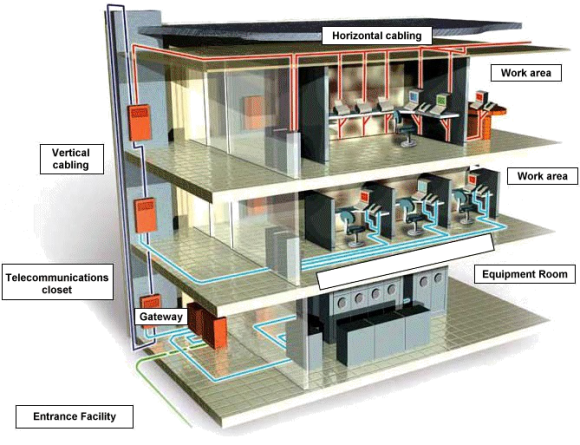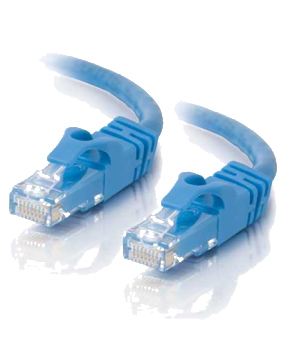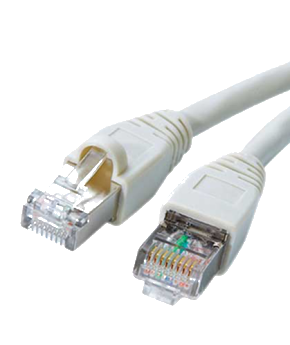The decision to deploy fiber or copper really depends on several factors. First is the length of time you think the data center will remain in the same physical location. Fiber-only or copper-only implementations are rare in comparison to mixed fiber and copper.
Fiber will remain the medium of choice for backbone (vertical) applications and increasingly for horizontal applications alongside copper. This is mainly due to the distance support, size of cable, high bandwidth, high density, immunity to EMI/RFI, security, and reliability of fiber. Fiber has been the medium of choice for Storage Area Network (SAN) implementations for many years and is thus a proven cabling component.

Copper, on the other hand, is currently being challenged with the recent ratification of 10GBASE-T. Companies are currently racing to market their “unique” copper-based structured cabling solutions for 10 Gbps devices. Cat6a copper cables made for 10 Gbps transmissions are approximately 50 percent thicker than Cat6 copper cables and certainly a lot thicker than fiber cables; the space available for the cable runs may influence the type of cable you deploy. Copper cabling is more suited for horizontal runs, but of course limited to 100 meters distance. It is advisable to install a higher category of cable if you plan to be at the same facility for a while.
 Cat6 Cables Cat6 Cables |
 Cat6a Cables Cat6a Cables |
Until recently, copper was the clear winner in a straight cost comparsion. However, recent technology advances are closing the cost gap, especially in the high-performance arena. Fiber-based solutions are dropping in cost, but the main differentiation is in the cost of the active electronic components (e.g. transceivers, converters, amplifiers, etc.), and not in the actual cabling. In parallel, the cost for copper-based solutions is on the rise, due primarily to the stringent implementation and testing requirements imposed by TIA/ISO for 10 Gbps transmissions. Note also that in support of “Greener” data center environments, certain vendors are choosing, designing, and promoting active cabling components and media that consume the least power without compromising performance. 10GBASE-T consumes about 5 to 10 times more electrical power than optical solutions.
Another area that plays an important role in cable selection is the network components that are planned in the data center. Is their interface fiber or copper? And do they support 10 Gbps transmissions? Upgrading the cabling may include swapping out the connectors and other existing cabling components for the ones slated for 10 Gbps.
Note: If you want to deploy Power over Ethernet (PoE), then your choice is limited to copper—carring power over fiber is not yet possible.
Conclusion
In most cases, the end result will be a Combination of Cable Types for the Different Segments of the Infrastructure. Most likely fiber for the backbone, fiber and/or twisted pair for the horizontal runs, and fiber and/or copper for the final patching (since this will be governed by the interface of the equipment that you will be connecting to). When selecting cableing consider the pros and cons for each cable type in each segment of the infrastructure using the following criteria:
-
- Existing implementation
- Installation difficulty
- Termination difficulty
- Reliability
- Distance required
- Compatibility

